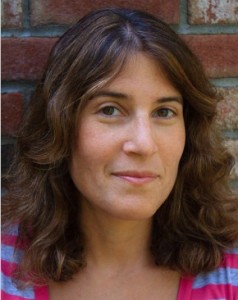In Metropolitan Jews: Politics, Race, and Religion in Postwar Detroit (University of Chicago Press, 2015), History Professor Lila Berman analyzes the Jewish sense of place in Detroit during the twentieth century, first in neighborhoods such as Hastings Street, Dexter-Davison, and Bagley and then in the wider metropolitan area. In the first half century, Jews settled near the Detroit River and then gradually moved north and west. While there was little Jewish presence in the booming auto industry, Jews opened small business establishments, became involved in real estate, and pursued educational opportunities as the community developed vibrant religious and civic institutions.
At mid-century, Detroit began experiencing many of the convulsions that would shake other eastern and midwestern cities. The auto industry, which had built Detroit, began shifting its operations outside the city. White flight accompanied de-industrialization as federally subsidized mortgage loans financed new suburban housing developments from which African Americans were excluded. Detroit began losing popuation while the percentage of African Americans increased and the tax base shrank. For those Jews who remained, there were intense struggles over race, politics, employment, and housing.
Many Jews joined other white ethnics leaving Detroit. As the Jewish community became more established outside the city limits, what were the considerations with regards to synagogues, religious and civic organizations, and homes and businesses left behind? And how did the Jewish community respond to the struggles over politics, employment, and housing? Lila Berman tells the story of the Jewish community and its sense of place as it grew from small city neighborhoods to the wider Detroit metropolitan area.
I spoke to Lila Berman on March 28, 2016.





